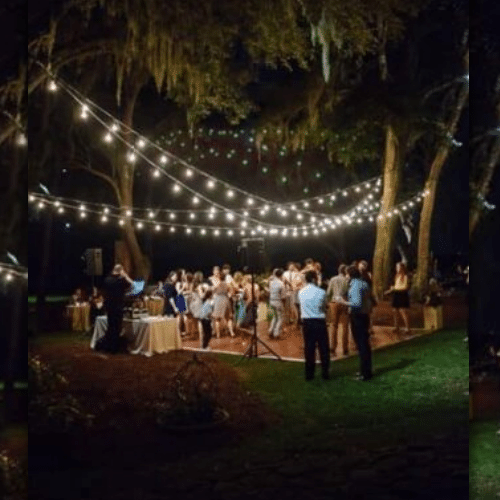Brightening Ingenuity Through Hue Theory for LED Dance Surface Creations
Brightening Ingenuity Through Hue Theory for LED Dance Surface Creations
Blog Article
Color concept represents a important element of aesthetics, particularly as it relates to designing light-emitting diode dance floors. The interplay of hues can significantly affect the mood and vibe of a space. By grasping how hues function together, designers can create an environment that enhances the overall experience for participants. This piece explores the fundamentals of color principles and its application in LED dance surface layouts.
The main hues are red, azure, and golden. These hues cannot be be made by blending different hues together. Intermediate colors, such as emerald, orange, and purple, are created by combining primary hues. Tertiary hues are created by mixing a primary hue with a intermediate color. Understanding these basic relationships helps designers choose hues that enhance one another and create a aesthetically appealing show. Combining these hues on an light-emitting diode dancing floor can lead to dynamic and exciting outcomes that attract the focus of dancers.
Color temperature also plays a crucial part in aesthetics. Hues can be categorized as hot or cool. Warm hues, such as red, tangerine, and golden, often to elicit emotions of excitement and warmth. In opposition, chill colors like azure, emerald, and violet often create a calm and tranquil atmosphere. Designers can utilize these color values to set the mood for various kinds of occasions. For example, a party atmosphere may gain from warm colors that energize the audience, while a further calm event might use cool colors to provide a calming influence.
In addition to hue pairings and temperature, brightness and saturation are essential elements to consider. Luminosity denotes to how bright or dark a color appears, while intensity indicates the intensity of a color. Vivid, intense colors can generate a vibrant and energetic environment, perfect for dance surfaces. look at this now On the contrary hand, gentler, less intense colors can create a further muted atmosphere. Through adjusting luminosity and saturation, designers can attract attention to particular sections of the dance floor or establish sight routes, leading participants through the space.
Finally, it is essential to take into account the psychological impacts of hue in light-emitting diode dancing surface designs. Various colors can evoke various feelings and reactions. For example, red is often linked with visit this website passion and vitality, while azure can be soothing and tranquil. Understanding these connections allows creators to tactically use colors to affect the actions of participants. Through incorporating color theory into light-emitting diode dance floor layouts, creators can enhance the total experience, rendering it memorable and enjoyable for all involved.